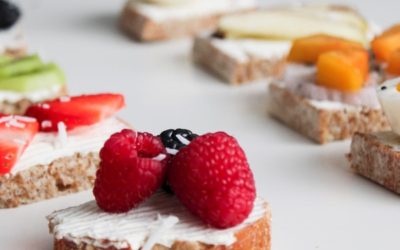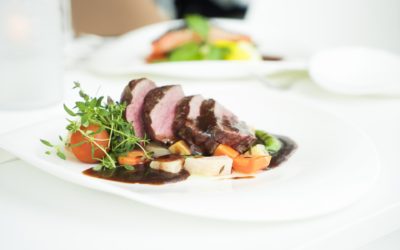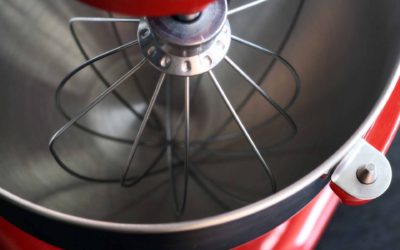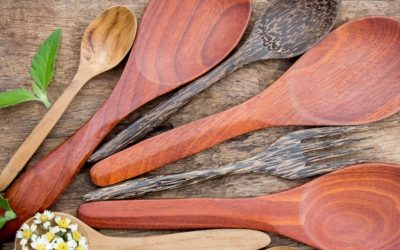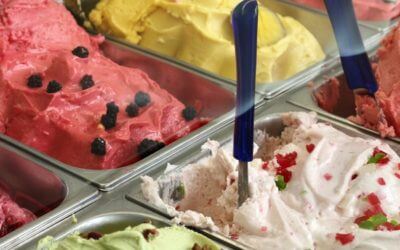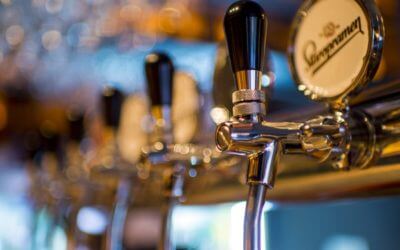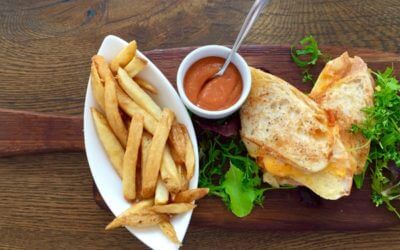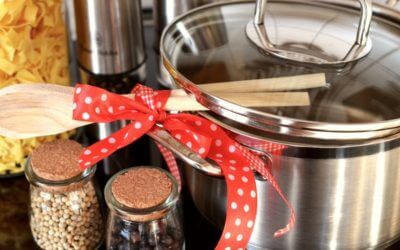Outside the Commercial Kitchen: Food Safety While Catering
July 7, 2018Many restaurants and other eating establishments like to provide catering for special events. Catering a huge business, worth over $53 billion per year.
Catering allows your restaurant to reach customers who might never set foot in your establishment otherwise. It’s incredible marketing, and rather than spending money, you’re making money!
However, if you want to make a great impression, you need to keep food safe. This requires some special equipment because you’re not in your normal commercial kitchen. Here are the steps to take.
Avoid Cross Contamination During Prep
You may be prepping onsite, or you may be creating the food in your own commercial kitchen and then bringing it to the event. Regardless, it’s vital to keep food separate and surfaces clean during the prep and cooking.
Use different cutting boards for different foods, disinfect and wash regularly, and ensure everyone washes their hands. Keeping food safe during preparation is the first line of defense for keeping guests safe!
Prepare for Careful Transportation
Keeping hot foods hot and cold foods cold can be most challenging during transport. Hopefully both your commercial kitchen and the catering location has heating and cooling equipment, but the vehicle on the way may not.
If you don’t have commercial coolers to bring in a van or vehicle, make sure to pack cold food carefully with ice or frozen cold packs. Hot foot can be insulated so that it doesn’t lose heat.
Be sure you take into account the temperature outside. On very hot days, cold food needs more attention, and vice versa. However, never assume that the outside temperature will keep a particular type of food safe. You need 145 degrees for hot food and 40 degrees or less for cold.
Have Proper Equipment at the Catering Site
Once you’re on site, be sure you have the equipment you need. That includes chafing dishes, ice, and onsite refrigeration. You want to make sure that you know how much food is needed, so that only a specific amount of food is out at a time.
Of course, if there isn’t on-site refrigeration or heating, you have a bigger challenge. Being outdoors is even harder. If you face these additional challenges, be sure to scout the site beforehand. Find out if you can bring portable equipment from your commercial kitchen and perhaps plug it in. Many park gazebos have at least one outlet.
Use Well-Trained Staff When Outside the Commercial Kitchen!
When you provide catering, bring your best – both in food and in staff! Your employees should be well trained in both hospitality and food safety.
Food temps should be measured regularly, and anything outside the safety zone should be removed promptly. At the same time, your employees should be excellent at customer service and soothing frazzled nerves.
You never know what’s going to happen. When your staff is ready for every eventuality with poise and a smile, the catering event will be an incredible promotion for your business.
Do you need kitchen equipment for your commercial kitchen or catering operation? We’d love to help. Contact us for a quote today!
5 Essential Buying Tips for Your Next Food Prep Work Table
The right foodservice equipment is pivotal to the efficiency of your kitchen. One of the most important types of foodservice equipment for any kitchen is the work table. With limited room on countertops available for your food prep needs, the cooking process can drag...
Tips for Keeping Your Commercial Sink Sparkling Clean
Your commercial kitchen, just like your personal kitchen, must be kept clean at all times. With all of the cooking and food processing you do, it is inevitable that your sink gets messy. Cleaning up your commercial kitchen is incomplete without proper cleaning of your...
Food-Cutting Secrets to Beautiful Dishes
In the restaurant industry, presentation is often said to be just as important as the food itself. Using the right knowledge, skills and restaurant supplies, you can incorporate creativity into your presentation, making guests feel that they are getting something...
Top Space-Saving Tips for Commercial Kitchens
Top Space-Saving Tips for Commercial Kitchens Space is always an important consideration when setting up a kitchen, and this is even truer for commercial kitchens. With a strong focus on functionality and the kitchen supplies that meet the needs of your commercial...
5 Ways to Get the Most Out of Your Mixer
No one wants to eat off of dirty or tarnished silverware. A stand mixer is a highly useful piece of kitchen equipment to invest in. Although this type of kitchen equipment does not usually come cheap, it can last a lifetime when properly cared for. Despite all your...
Restaurant Prep Tool Selection Simplified
What’s a restaurant kitchen without high-quality prep tools that can withstand the pressure of frequent use? Whether you already have a restaurant you’re running, or you’re just planning to launch one, one vital factor that could make or mar your business is how you...
Beginner’s Guide to Choosing a Commercial Ice Cream Freezer
Ice cream is a delicious and appealing desert treat for everyone, young or old. Having made the decision to sell ice cream to your customers, whether you have a restaurant, convenience store, or specialty ice cream parlor, it is time to begin stocking up on the right...
How to Choose the Right Kitchen Scales for Your Restaurant
A food scale is an essential item in every restaurant’s store of kitchen supplies. Designed to take the guesswork out of food measurement and maintain consistent food serving sizes, food scales are indispensable kitchen supplies in the commercial kitchen. With such a...
Beer Chilling Systems: Which Type Is Right for My Restaurant?
A refrigeration unit is integral to the functioning of any restaurant. Beers are best served cold - there’s no questioning that! But which beer chilling system is the best? From reach-in coolers to glycol chillers, a beer chilling system is an important piece of...
What Equipment Will I Need to run a Food Truck?
There’s a lot of planning that goes into starting your own food truck business. Before you hit the road with your delicious food offerings, you’ll need to fill up your truck with all the right foodservice equipment. Considering the lengthy list of possible items to be...
8 Types of Food Thermometers: What You Need To Know
Food thermometers are essential restaurant supplies for your commercial kitchen. They ensure that foods prepared in your commercial kitchen are cooked to the right temperature and held at that temperature for as long as necessary to kill any harmful bacteria. This...
How to Identify the Best Food Processor for Your Needs
Highly versatile and extremely efficient, food processors are designed to take away the hard work from repetitive kitchen activities. This type of cooking equipment can quickly become an invaluable tool in your kitchen. From chopping, to shredding, grinding, mincing,...
6 Keys to Choosing the Best Chafing Dishes for Your Restaurant
The chafing dish, also known as the chafer, is an essential piece of restaurant equipment for any establishment that wants to keep food hot. This type of restaurant equipment gets its name from the French word, chauffer, which means to heat, and it’s easy to see why....
Turning up the Dial on Commercial Fryers: How to Choose One for Your Restaurant
Fried food is a well-loved favorite. This is a fact. It also makes a fryer an important piece of equipment to have in your commercial kitchen. Just consider how many appetizers and sides require frying: onion rings, French fries, and fried green tomatoes are just a...
What’s in a Cooking Pot, How to Choose the Right One?
As a restaurant owner, your cooking needs might vary. Did you know that a good quality pot can greatly improve your cooking experience, while also improving the quality of your cooking? This cooking equipment is a very important one that cannot be done away with...

